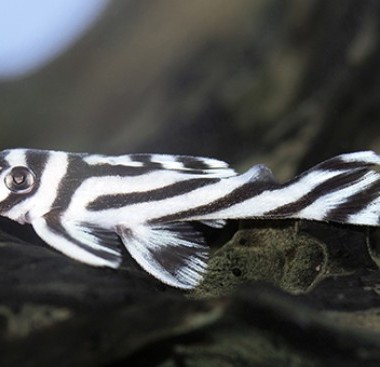Audubon Article Backs Hunting to Manage Deer
By: Staff Date: 01/13/2012 Category: | Wildlife Journal |
The March-April, 2002, issue of Audubon Magazine featured “Wanted: More hunters,” by Ted Williams and a supporting commentary by editor David Seideman. Noting that a severe overpopulation of deer is responsible for habitat destruction, an accompanying decline in songbird population, and a high incidence of Lyme disease in at least one community, the article and the editorial tout hunting as an effective game management tool.
However, according to Eric Sharp, the outdoor writer for the Detroit Free Press, Seideman has received an abundance of hate mail from animal rights activists for his stand.
Both Williams and Seideman expressed concern that the voracious appetite of the deer has driven several ground-nesting species of birds onto Audubon’s watch list. Williams quoted a study from the US Forest Service that pegged habitat loss to a density of 20 deer per square mile. Beyond that, he wrote, the study found that species such as eastern wood pewees, indigo buntings, least flycatchers, yellow-billed cuckoos, and cerulean warblers begin to decline. At 38 deer per square mile, he wrote, “you lose eastern phoebes and even robins. Ground nesters like ovenbirds, grouse, woodcock, whippoorwills, and wild turkeys can nest in ferns, which deer scorn, but these birds, too, are vastly reduced, because they need thick cover.”
Still, activist groups oppose both sport hunting and the hiring of sharpshooters to reduce deer herds.
Williams noted that diversity is lost when deer invade an area because they leave behind unpalatable vegetation that can expand its range and make it difficult (if not impossible) to restore a balance of flora to support a mixed population of birds and small mammals.
Still, activist groups oppose both sport hunting and the hiring of sharpshooters to reduce deer herds.
“Each year, Pennsylvania’s 1.6 million deer destroy $70 million worth of crops and $75 million worth of trees,” Williams wrote. “About 40,000 of them collide with motor vehicles annually, doing $80 million worth of damage.”
Still, animal activists oppose both sport hunting and the hiring of sharpshooters to reduce deer herds.
Acknowledgment that hunting and trapping are legitimate game management and habitat protection tools separates Audubon from more radical environmental groups. The organization supported the trapping of foxes to protect ground-nesting birds in California while The Humane Society of the US, Doris Day Animal League, and other animal rights groups worked to ban use of the leghold trap in the state. When the measure passed in 1998, Audubon filed suit to block enforcement; it won the case in 2000, and the activists’ appeal is now in the 9th District Circuit Court. Until the appeal is decided, the law remains in effect for private individuals but not for federal game managers on federal land.
“These predators can literally lay waste to colonies of nesting birds very quickly,” Audubon’s state director DanTaylor told the San Jose Mercury News. “We are responding to the call that we heard from wildlife biologists.”
About The Author
All Authors Of This Article: | Patti Strand |












